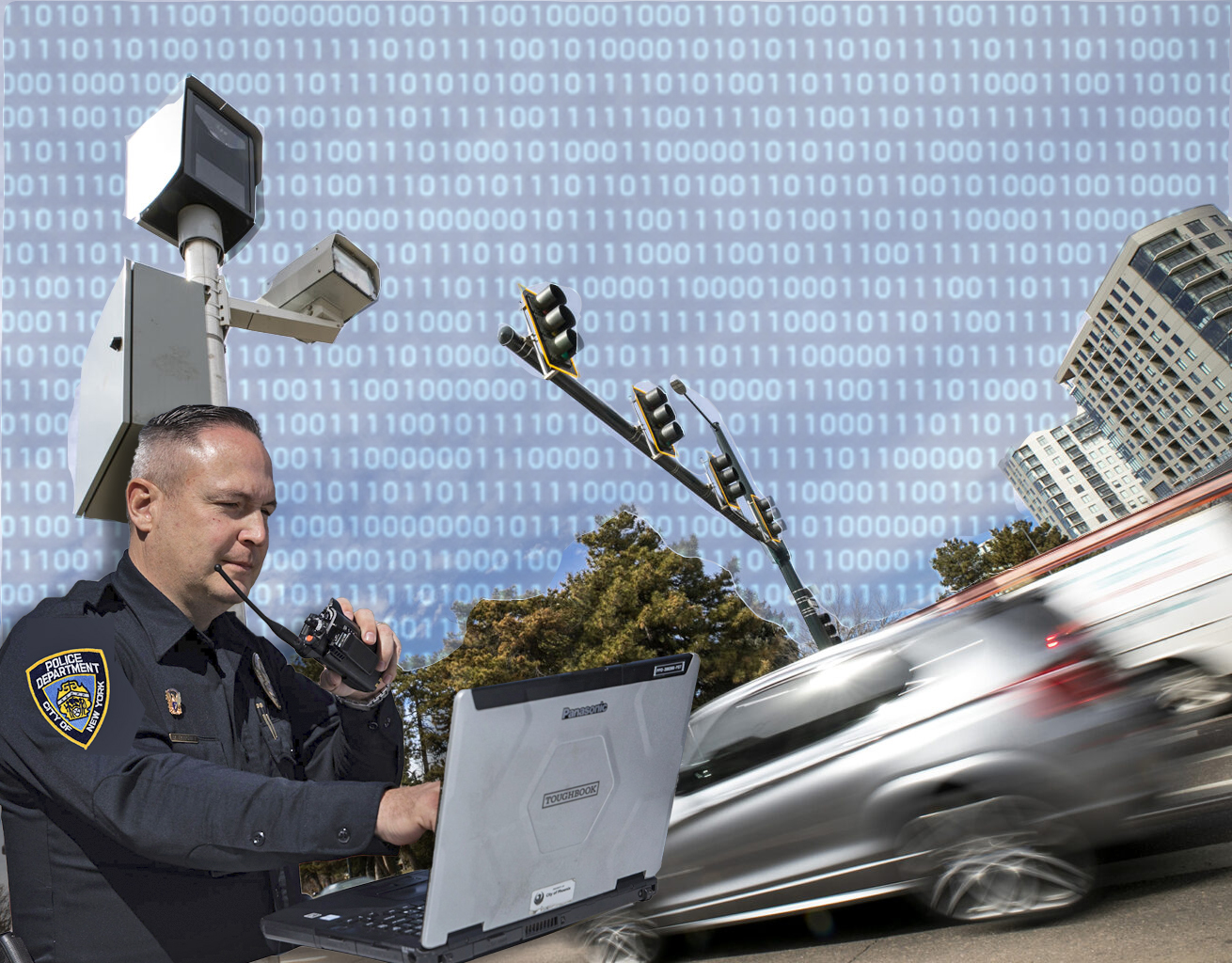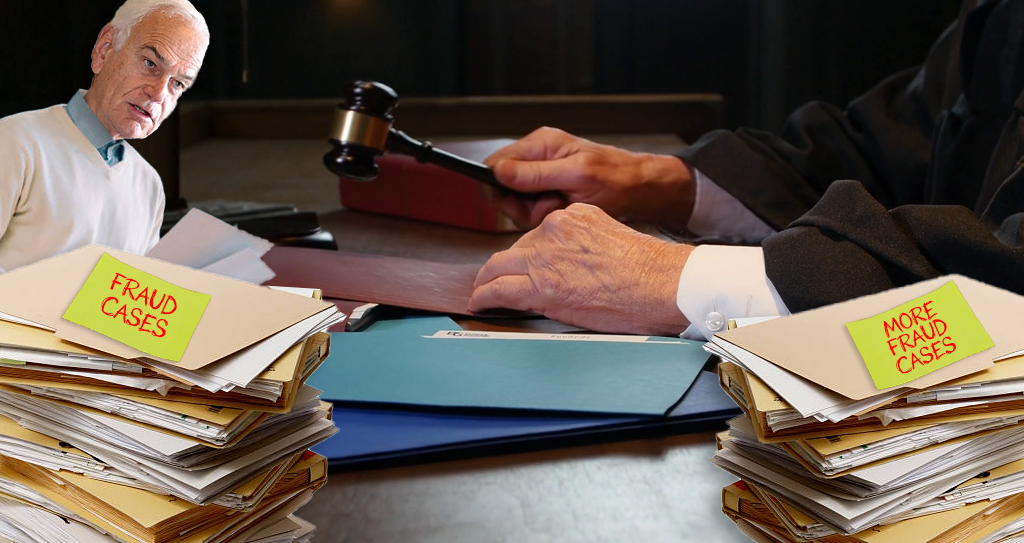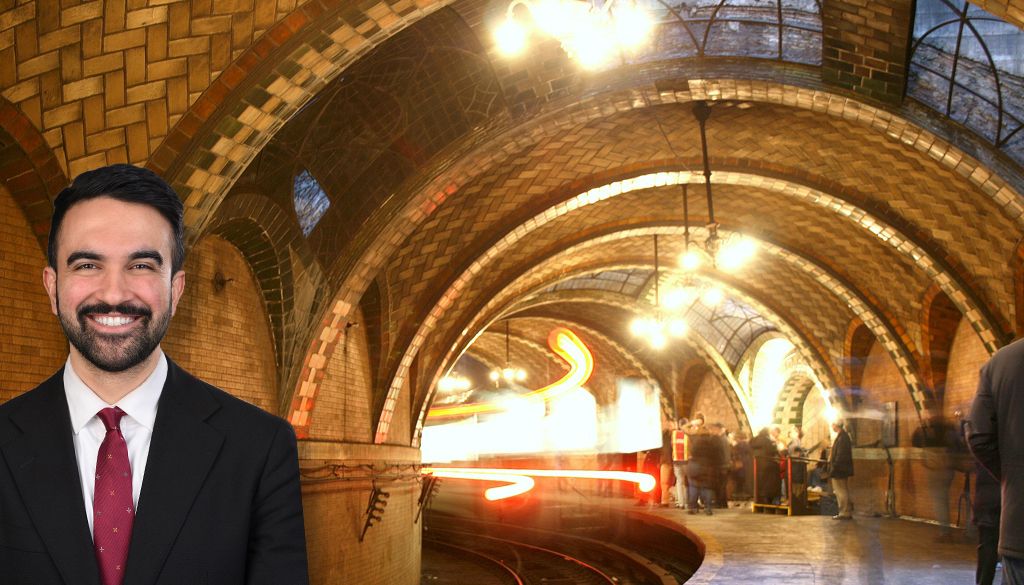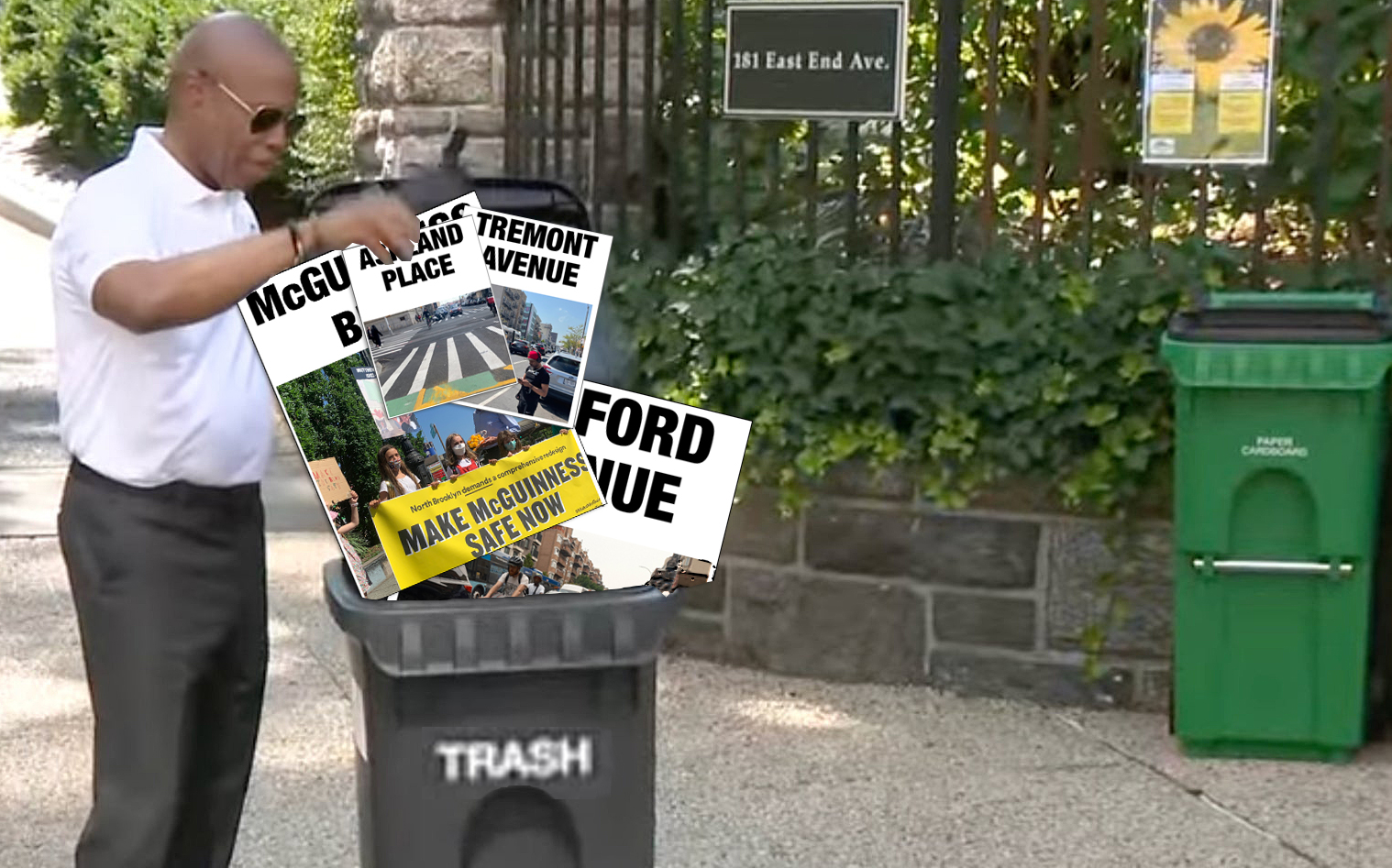Police enforcement has barely changed since the first speeding ticket was issued in 1899 against a driver going the “break neck” speed of 12 miles per hour. Then, as now, officers stop random cars and issue tickets if they spot reckless driving.
This is literally horse-and-buggy thinking.

But thanks to the city Department of Transportation's automated speed cameras, we no longer have to hope a cop happens to spot a reckless driver; instead, we have a comprehensive database of all vehicles that have repeatedly exceeded the speed limit by 11 miles per hour or more — the very drivers most likely to kill on New York City’s streets.
Unfortunately, NYPD does not make use of this database. NYPD Commissioner Jessica Tisch, who advocates a data-driven approach to safety, should leverage this database and focus enforcement on extreme recidivists before they kill.
The data show
DOT’s automatic enforcement works to slow down most drivers – 85 percent of those getting 1-3 violations weren’t caught speeding again. Those aren’t the drivers the NYPD needs to target. Rather, NYPD should focus on the 45,819 vehicles that received 11 or more violations last year — because those are the vehicles whose drivers are most likely to kill:

There are also a very large number of “ghost” vehicles whose drivers evade DOT’s speed cameras due to defaced, fake or missing plates. DOT reports that an astonishing three million speeding tickets could not be issued in 2023 because of license plate fraud. Yet even with improved ghost car enforcement, NYPD has removed only a tiny fraction of these threats from the roads (approximately 11,000 to date this year).
Stopping these super speeders and ghost cars must be a top priority for the NYPD. We must be creative in developing solutions to prevent these vehicles (and their drivers) from killing. Innovative ideas such as those listed below are even more necessary, as too many of those in power appear more eager to protect these potential killers than innocent New Yorkers.
Ideas to target super speeders
An effort to require recidivist speeders to install speed-limiting devices into their cars failed at the state level this session, leaving a vacuum for the NYPD to fill. It starts with the use of license plate readers to instantly check plates against the automated enforcement database to identify and focus police stops on extreme recidivists.
Statistically, there is a low chance that a random police traffic stop will nab a super speeder because they are ultimately a tiny percentage of vehicles on the road: 2 percent of all vehicles get 16 percent of all violations.
By contrast, 85 percent of vehicles get 1-3 violations, so, clearly, random police stops are far more likely to catch a driver who is unlikely to speed again while extreme recidivists are not stopped. License plate readers instantly identifying super speeders (and ghost cars) would allow the NYPD to greatly increase the efficacy of their limited capacity for police stops to focus on vehicles and their drivers most likely to kill.

For example, the driver who cops say killed a mother and two children on Ocean Parkway in March had received 23 speeding violations in less than two years and was driving without a license. A license plate reader could have instantly alerted cops about the history of the 2023 Audi with the plate WIGM8KER, as well as shown that the car had $2,438.67 due in unpaid fines.
Further, the NYPD needs to beef up the impact of its small army of traffic enforcement agents writing parking tickets. Two days before the Ocean Parkway crash, two different agents had issued parking violations to the vehicle. If the agents had only checked the car against the Department of Finance database for unpaid fines — they currently don’t — they could have flagged this car for booting or towing based on the overdue fines. If someone committed a triple homicide with a gun two days after they were arrested for shoplifting and released, New York City would be up in arms about bail reform. But here, an extreme recidivist was in NYPD's crosshairs twice — including for an expired or missing registration sticker — two days before allegedly killing three people and nobody has noticed the failed opportunities to prevent this tragedy.
Of the 45,819 vehicles with 11 or more speeding tickets in 2024, nearly 13,000 of them owe more than $350 in fines, making them eligible for being “booted.” That’s 13,000 would-be killers whose cars are towable right now, today.
Safe streets will depend on more than just the NYPD. Here are some other creative solutions to prevent super speeders from killing:
- There were 14,056 for-hire vehicles that received 11 or more violations in 2024. The legislature should change the law to prevent the Taxi and Limousine Commission from renewing the license of vehicles with repeated speeding violations.
- An estimated 140,000 vehicles have coveted parking placards, allowing them to park illegally without fear of getting ticketed. The City Council should bar the DOT or NYPD from issuing parking placards to personal vehicles with repeated recent speeding violations, which would create a strong incentive for placard holders to slow down!
- Under current New York State law, speed camera violation information cannot be used for insurance purposes, protecting law breakers and shifting the increased costs of insuring them to law-abiding drivers. This should be changed so dangerous drivers pay for their increased risk.
- There were 5,765 vehicles with 11 or more camera violations registered in states other than New York, New Jersey, Pennsylvania, and Connecticut — and a large portion had a ticket in each month of the year, an indication that these are not mere tourists. The state legislature should require DOT to report these extreme recidivists to the state DMV and the drivers’ insurance companies for potential failure to change their insurance and registration within 30 days of establishing residency in New York as is required.
- Finally, an estimated 300,000 courtesy cards sold by police unions to members to distribute to friends and family work as “get out of jail free” cards preventing drivers from being ticketed if stopped. At a minimum, Tisch should require that all vehicles with repeated speeding tickets be given tickets when stopped, even if their driver possesses a police union courtesy card.
All these actions would motivate drivers to avoid getting speeding violations – far more than the $50 fine currently does – and could prove effective in saving lives.
(The data for this project was analyzed in partnership with BetaNYC’s Civic Innovation Lab and its Research and Data Assistance Requests help desk service. BetaNYC, a partner project of the Fund for the City of New York, is a public interest technology organization dedicated to building digital and data literacy across NYC’s communities. Learn more at beta.nyc/radar.)






